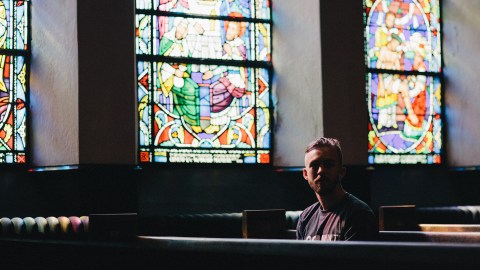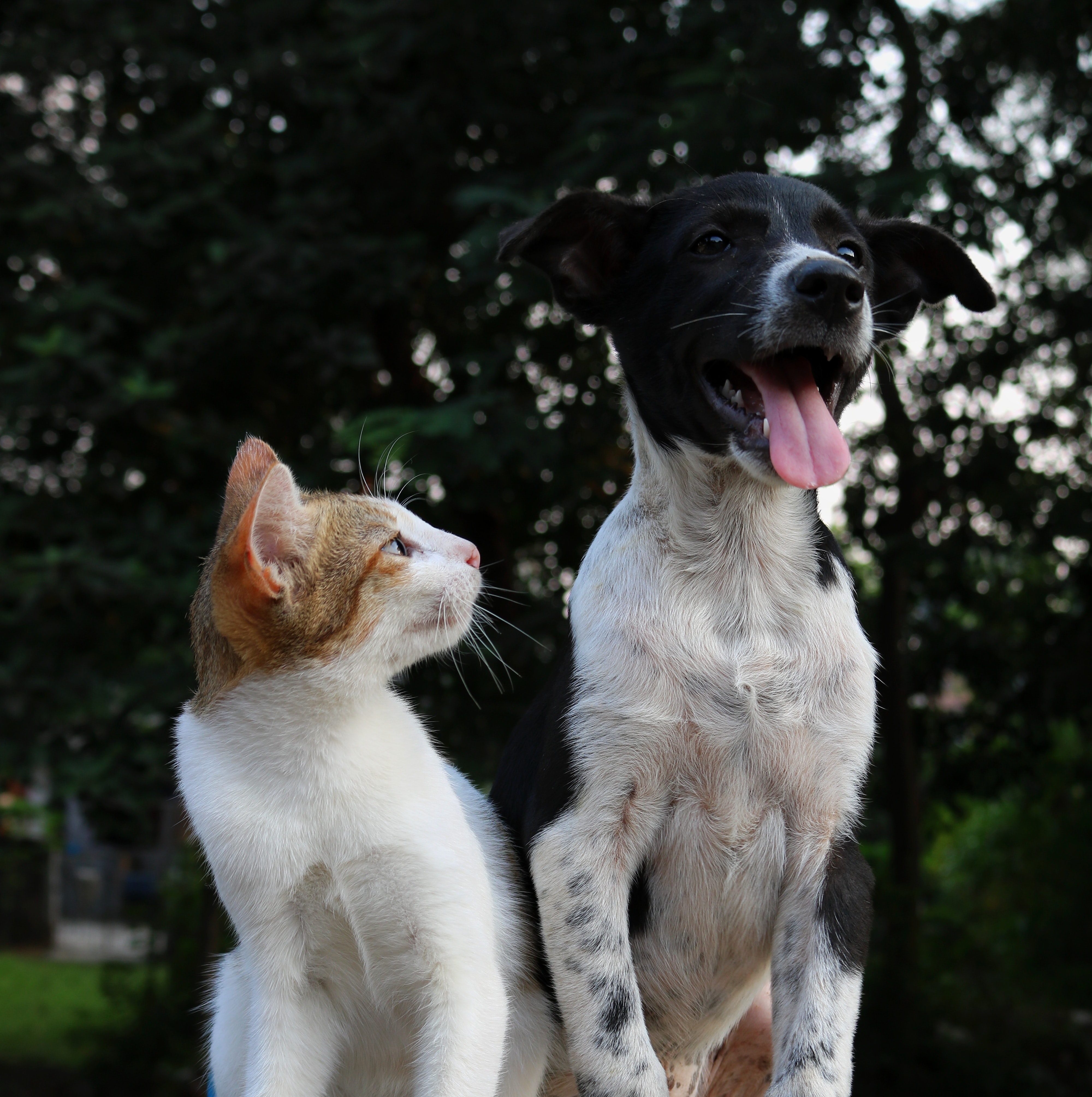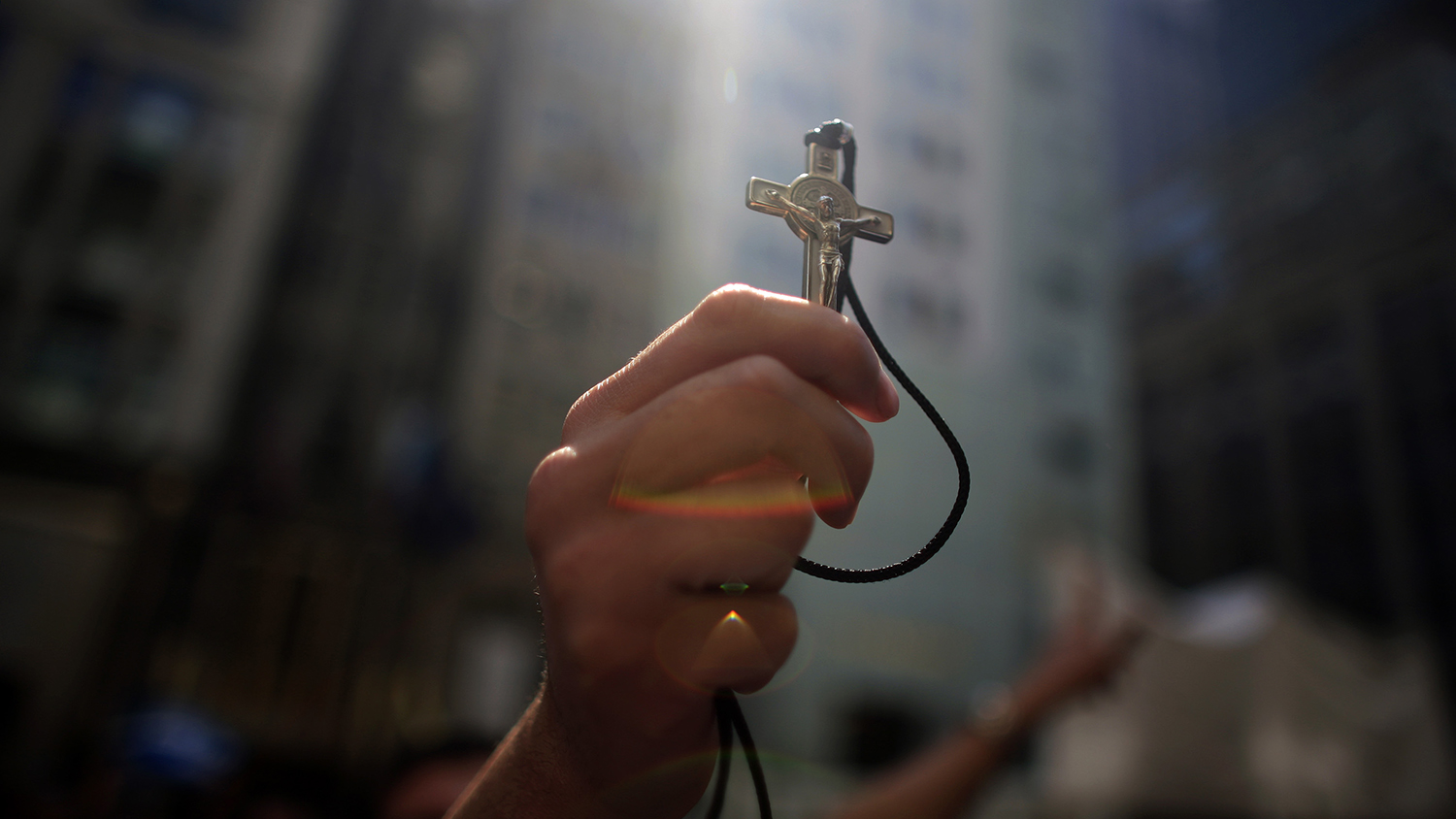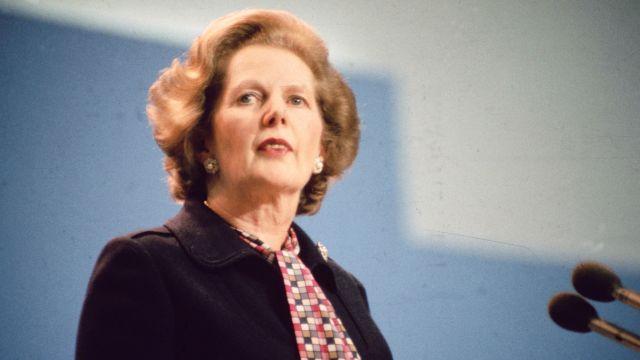Survey Predicts Huge Amount of Non-Religious Americans by 2035

The U.S. has been steadily losing its religion for decades. For the most part, Protestants have been leaving the church while the affiliation rates among Catholicism and other religions in the country have remained stable. But since 1990, Americans have been abandoning both belief and religious affiliation at such a fast pace that, by 2035, it’s likely that 35 percent of the population will have no religious affiliation — outnumbering protestants.
In an article posted on his blog, Allen Downey, a professor of computer science at Olin College, used historical data from the General Social Survey (GSS) to generate predictions about the future of religious belief in the U.S., each with a 90 percent confidence interval.
Downey wrote:
“According to the Theory of Secularization, as societies become more modern, they become less religious. Aspects of secularization include decreasing participation in organized religion, loss of religious belief, and declining respect for religious authority.
Until recently the United States has been a nearly unique counterexample, so I would be a fool to join the line of researchers who have predicted the demise of religion in America. Nevertheless, I predict that secularization in the U.S. will accelerate in the next 20 years.”

The graph above was generated using data from the GSS question that reads: “What is your religious preference: is it Protestant, Catholic, Jewish, some other religion, or no religion?”
Downey summarized his findings on religious affiliation in the U.S.:
In addition to religious affiliation, Americans also seem to be losing their religious belief — at least strong belief, as Downey’s model shows.

Downey also used GSS data to make predictions about people’s interpretations of the bible.

…as well as their confidence in religious institutions.

Startling as the numbers may be, there’s reason to think these projections are actually conservative, considering:
Although religion seems to be dying out in the U.S., other forms of spirituality might be just as present as ever.
A 2014 Pew study found that, between 2007 and 2014, the percentage of Americans who felt a “deep sense of spiritual peace and well-being” had increased from 52 to 59 percent, while the percentage of those who felt a “deep sense of wonder about the universe” increased from 39 to 46 percent.





